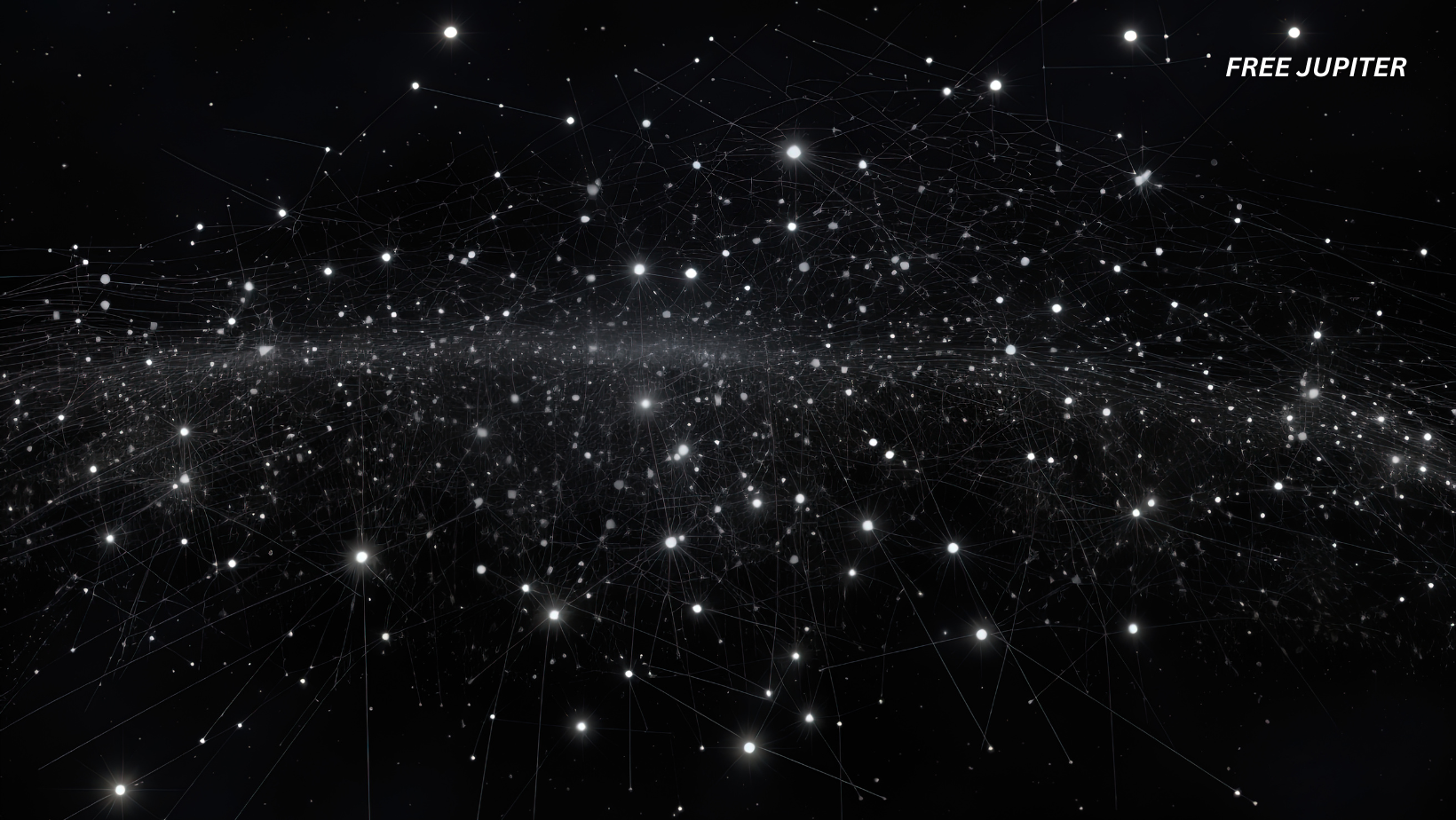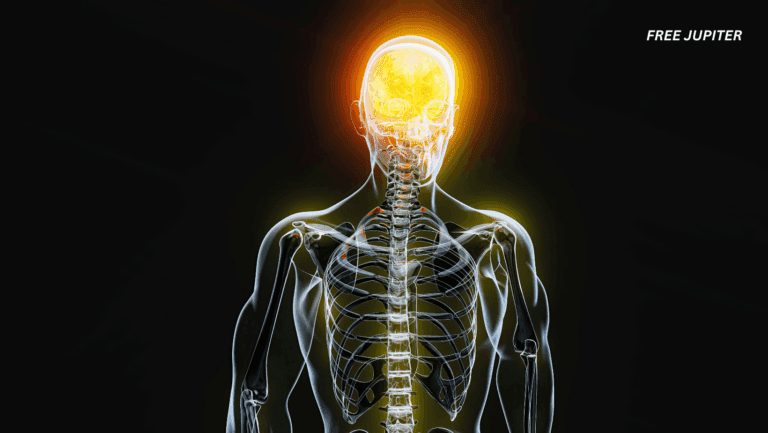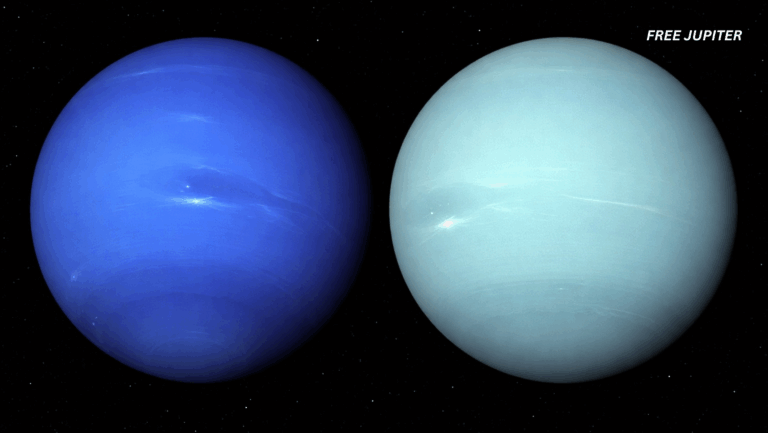Friendly Note: FreeJupiter.com shares general info for curious minds 🌟 Please fact-check all claims—and always check health matters with a professional 💙
If the universe has a set of “introvert” particles, neutrinos would be at the top of the guest list. They’re the ultimate wallflowers of the subatomic world—present in staggering numbers, yet so good at avoiding interaction that they pass through planets, stars, and you without leaving a trace.
How good are they at this disappearing act? Well, as you’re reading this, about 60 billion neutrinos are streaming through every square centimeter of your skin every second—and they’ll keep going through walls, mountains, and straight out into space as if none of it existed.
For scientists, this invisibility is both frustrating and irresistible. Neutrinos might seem like mere cosmic bystanders, but they hold keys to understanding how the universe works at its most fundamental level. The trouble? To “see” one, you usually need an enormous, hyper-sensitive experiment—sometimes buried a kilometer underground or built inside tanks the size of small buildings.
That’s why a recent achievement by researchers from Germany’s Max Planck Institute for Nuclear Physics (MPIK) is so remarkable. They’ve managed to catch neutrinos using a device so small you could carry it in a backpack.
The 50-Year Chase
Neutrinos aren’t new to science—they were first proposed in 1930 by physicist Wolfgang Pauli, who suspected something invisible was stealing energy during certain nuclear reactions. They were finally detected in 1956, but observing them remained notoriously difficult.
One reason? Neutrinos interact with matter so weakly that a light-year-thick wall of lead would stop only about half of them. Early neutrino detectors had to be massive and placed in locations shielded from other types of radiation—like deep mines or beneath Antarctic ice sheets.
Over the years, physicists developed more sensitive instruments, but these were still large and stationary. The dream of building a small, portable detector remained a distant goal—until now.
Read more; The Shocking Factor Holding AI Back From Replacing Humans
A Reactor-Powered Opportunity
The MPIK team’s secret weapon is the CONUS+ experiment, a neutrino detector that weighs just 3 kilograms. Rather than waiting for neutrinos from cosmic sources, they positioned their detector next to something that produces them in staggering quantities: a nuclear reactor.
Nuclear reactors are like neutrino fountains, producing billions upon billions of these particles every second as a byproduct of the reactions that keep them running.
The CONUS project originally operated at the Brokdorf nuclear power plant in Germany. But in 2023, the researchers packed it up and moved to the Leibstadt nuclear power plant in Switzerland. This was more than a change of scenery—the new site offered superior shielding from background radiation, upgraded electronics, and more stable environmental conditions.\
The CEvNS Effect: The Softest Tap in Physics
The most exciting thing the team was after wasn’t just neutrinos—it was a very specific type of neutrino interaction called Coherent Elastic Neutrino-Nucleus Scattering (CEvNS).
To understand CEvNS, picture a ping-pong ball bouncing off an entire parked car instead of just a side mirror. The car barely shifts, but in theory, with the right sensors, you could measure that tiny movement.
In CEvNS, the “car” is the nucleus of a germanium atom inside the detector. When a neutrino bumps into it, the entire nucleus recoils ever so slightly. This recoil is absurdly tiny—far smaller than anything you can see—but the CONUS+ detector can pick it up.
The catch? This effect requires low-energy neutrinos, which nuclear reactors happen to produce in vast quantities. That made the Leibstadt plant the perfect hunting ground.
Finally, a Clear Signal
The CONUS+ setup is stationed just 20.7 meters from the reactor core—close enough to be bathed in a constant torrent of over 10 trillion neutrinos per square centimeter every second.
Over 119 days of measurement between autumn 2023 and summer 2024, the researchers meticulously sifted through their data, filtering out background noise from cosmic rays, natural radioactivity, and even tiny temperature changes.
When the dust settled, they found 395 clear neutrino events, give or take 106, perfectly matching predictions based on the Standard Model of particle physics. This wasn’t just a lucky fluke—the results confirmed that the tiny detector could reliably observe CEvNS in a reactor environment for the first time ever.
Read more: Humans Have Lost 60% of Their Connection With Nature in Just Two Centuries, Study Shows
Why This Is More Than Just a Physics Curiosity
This breakthrough has big implications. For one, small neutrino detectors could be deployed anywhere in the world to monitor nuclear reactors—tracking their heat output or even detecting changes in fuel composition. This could be invaluable for nuclear safety, energy management, and preventing the misuse of nuclear materials.
From a scientific perspective, CEvNS experiments are a gold mine. They’re less tangled in certain messy aspects of nuclear physics, which means they’re better at detecting tiny deviations from what the Standard Model predicts. And those deviations? They could be hints of new physics—things like undiscovered particles, unknown forces, or even clues about the mysterious “dark matter” that makes up most of the universe’s mass.
Neutrinos in Plain Language: A Side Guide for the Curious
Think of neutrinos as cosmic ninjas. They’re everywhere, moving at incredible speeds, but they’re so stealthy you almost never know they’ve passed by.
- They’re weight watchers: Neutrinos have almost no mass—lighter than any other known particle that has mass.
- They’re introverts: They rarely talk to other particles, meaning they pass through matter without much interaction.
- They’re marathon runners: Neutrinos are constantly zipping through space, some traveling from the core of the Sun to Earth in about eight minutes.
- They’re shapeshifters: On the way from their source to your body, they can change “flavors” (types) mid-flight—something most particles can’t do.
- They’re ancient messengers: Some neutrinos we detect today were born just seconds after the Big Bang, over 13 billion years ago.
If photons (light particles) are the chatty extroverts of the universe—constantly interacting, bouncing, and lighting up the cosmos—neutrinos are the quiet types who slip past unnoticed, carrying secrets from the most hidden places in the universe.
What’s Next for CONUS+
In late 2024, the team upgraded the experiment with larger and even more sensitive detectors, aiming to sharpen their measurements. The more precise the data, the better the chances of catching something unexpected.
As Prof. Lindner, the project’s founder, put it:
“This could be the start of an entirely new era in neutrino research.”
If so, the era will have begun not in a sprawling underground lab, but in a small, humble device tucked just meters away from a reactor core—proving that sometimes, the biggest discoveries come in the smallest packages.
Read more: Deafness Completely Reversed in Every Participant In Just One Week Thanks to Breakthrough Shot
Closing Vignette
In a quiet chamber inside Switzerland’s largest nuclear plant, a modest box of electronics hums softly. To a casual observer, it looks like nothing special—just another piece of industrial equipment. But deep inside, atoms of germanium are being ever so slightly nudged by ghostly visitors from the heart of the reactor. These visitors do not knock, do not speak, and leave no trace but a whisper in the data. After half a century of trying, the scientists have finally learned how to hear that whisper—and the universe has one less secret to keep.










